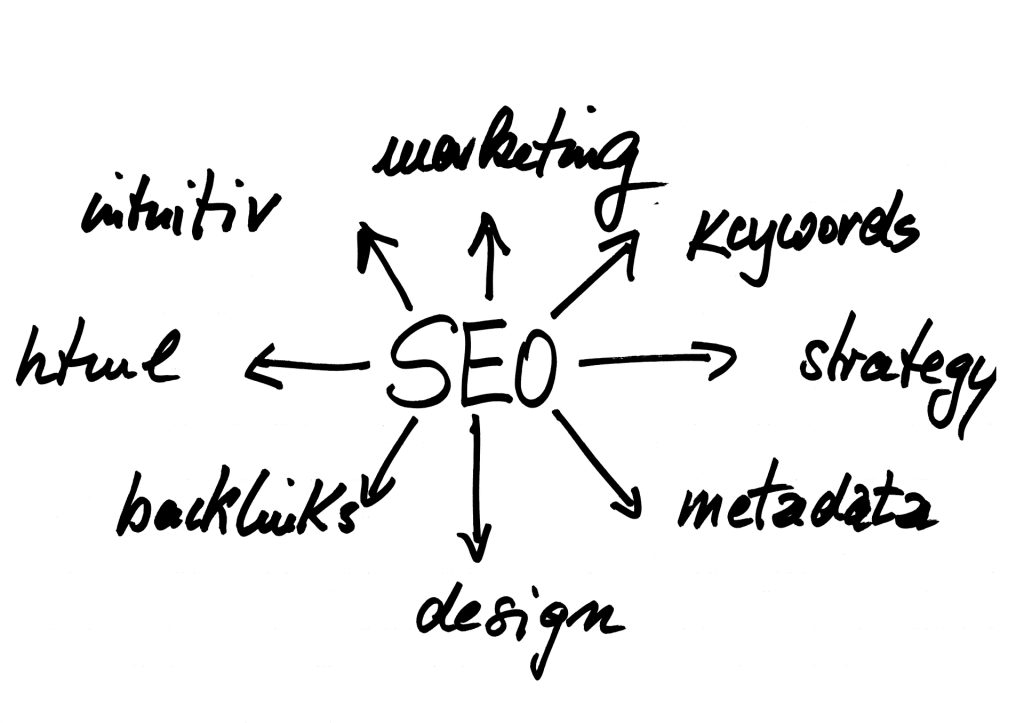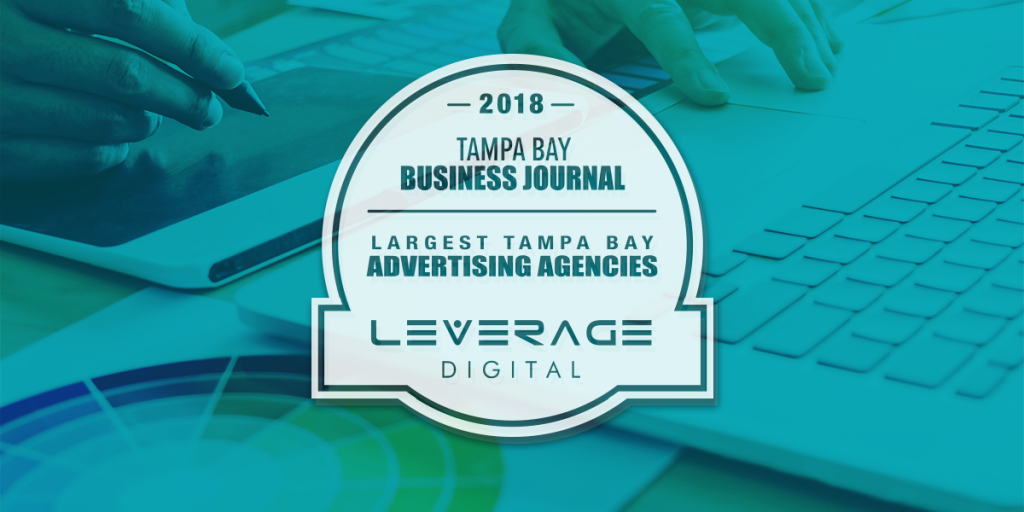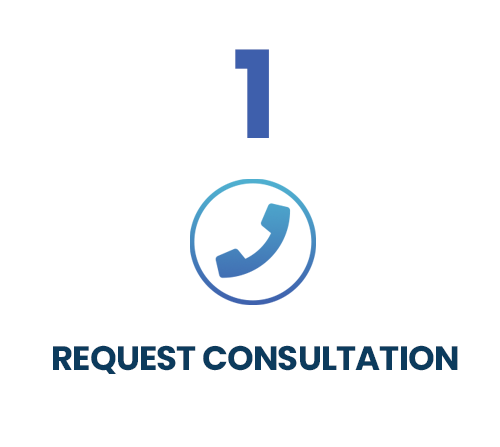There’s nothing quite like seeing the business you’ve poured your life into gracing the front page of the newspaper. Newspapers and magazines seem to be disappearing from the newstands, but they’ve gained renewed support online; and now, digital issues are even more common than the real thing.
People interact with the news more closely than they did in the past. Smartphones chirp every time a news story breaks, and apps like News deliver curated content tailored specifically to our reading and search habits. While some experts claim that print media is dead, the truth is that it packed its bags and moved to a boundless format with endless possibilities.
The news media is still alive and well; and for businesses looking to spread their name and reach new customers, media coverage is still an effective, cost-free mechanism for increasing your brand’s visibility in the physical and digital world.
However, it’s impossible to advertise your brand in the media without a story. If you want to advertise for the sake of advertising, you’ll have to purchase ad space from a publication. If you want the opportunity to grow your brand organically using media coverage, you will need to do something newsworthy, write a press release, and contact multiple publications or media companies.
Making Your Brand Newsworthy
Similar to the way your brand is vying for visibility on search and social, news stories battle for prime real estate on the first page of the newspaper or homepage of a publication’s website. If you want your brand to stand a chance against breaking news from the White House and your local area, your brand will need to find a way to attach itself to a big scoop.
Whether you’re seeking local or national coverage, there’s one common thread that connects most new stories — they all feature news that has an effect on people. When you introduce a new product or service for your customers, your primary goal is to grow your business. Unfortunately, growing your brand doesn’t constitute news without incorporating your community. Most news outlets are willing to let you spotlight your brand during a feature as long as you showcase something compelling for general readers.
Does your business engage in social outreach programs that benefit your community? Have you thrown events that welcome your community and aim to improve the lives of the less fortunate? Are you introducing a product or service that will have groundbreaking implications on customers and non-customers alike? These are types of stories the news press considers ‘newsworthy’.
Hosting fundraisers, social gatherings, and contests are a few ways you can get involved with your community in a newsworthy way. Partnering with other local businesses is also an effective tactic for helping your brand get featured in print or digital media. Charitable contributions are almost always worth talking about, too. If you want your brand to be featured in the media, you need to show that your company is more than just a business.
Write a Press Release
Once you’ve confirmed that your brand is involved in a newsworthy story that will captivate readers, it’s time to write a press release. Depending on the intent of your story, you will choose whether to send your press release before or after your news.
For instance, if the story involves your brand hosting a community picnic, you will want to send out the press release ahead of time so the story can be published before the event to boost attendance. Conversely, if your business already engaged in a newsworthy act (e.g., donated textbooks to underserved children, paid for a community member’s chemotherapy and recovery) you will want the press release sent out afterwards to tell the story in its entirety.
Regardless of when you send the press release, it’s imperative that your press release contains a few vital components:
First and foremost, consult a public relations specialist who can write a compelling press release that immediately hooks reporters. At Leverage Digital, our content strategists have worked in public relations and the news media, so drafting successful press releases is second nature. Regrettably, writing your own press release can be a fruitless time sink. Outside of the stringent formatting requirements, deciding what content is pertinent to the press release can be tough. If a reporter picks up a press release from the newswire, but finds it to be incorrectly formatted or lacking clarity, they will ditch it instantly in favor of a press release written with a higher degree of professionalism.
Second, your press release should include direct quotes from relevant sources. If you want to have a story about a fundraiser published in the newspaper, you will need to collect quotes from important members of your organization as well as people who attended the fundraiser. Provide full quotes so the reporter can edit them for publication as needed. If your quotes are too short or fail to illustrate why your story is newsworthy, the reporter will likely dump them and scrap your story.
Finally, no press release is complete without images. Stories are thrown out regularly because they lack visuals. News stories always benefit from pictures and photographs that grab the reader’s attention. If you supply your own visuals, the reporter won’t have to submit a photo request form thereby saving time and money. Our digital marketing agency can improve your press release by supplying you with professional-quality photographs that capture your brand at its best.
Contact Multiple Publications
Sending out your first press release can be nerve-wracking. You spent a lot of time (or money) ensuring that your press release was well-written, so you don’t want to be rejected; but, more often than not, you will be. And that’s perfectly normal.
There are numerous publications on the local level in most areas, and your options expand significantly when you start reaching out to national publications. Plus, specialized, online-only publications give your brand the ability to reach users you might have never considered in the past. Once you’ve decided which type of news platform is best for your brand, send out as many press releases to as many credible publications as possible to increase your chances of landing coverage.
Your story could get picked up by one publication, zero publications, or ten publications. Regardless of the outcome, you’re taking the necessary steps to expand your brand’s visibility thereby generating new leads and improving your brand recognition. Best of all? This process is essentially free. You pay for advertising. You don’t pay for news coverage.
Growing your brand organically starts with SEO, but what comes next? There are countless ways to promote your brand without a significant investment of capital, but these methods often require the expertise of a talented digital marketing agency like Leverage Digital. Whether you want your brand positioned on the front page of Google or the front page of your local newspaper, our team is ready to help you elevate your business and enhance your brand. With over $100 million in revenue generated for our clients, our fearless approach to marketing is sure to deliver the measurable results you’ve been waiting for.


















